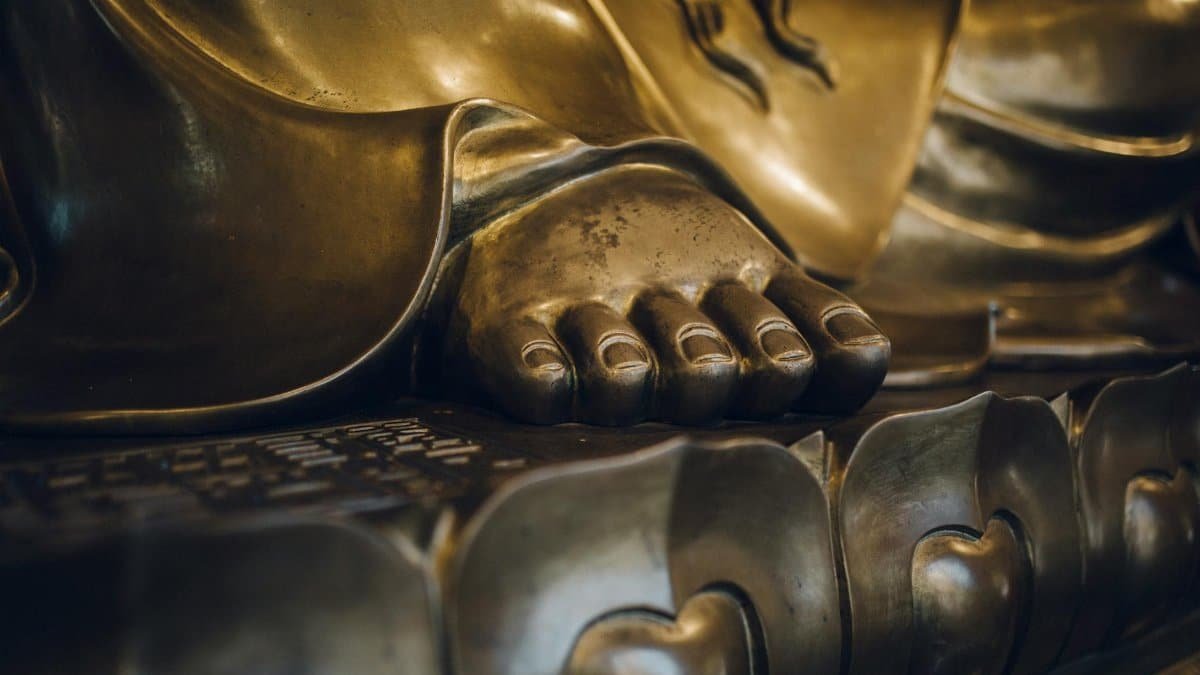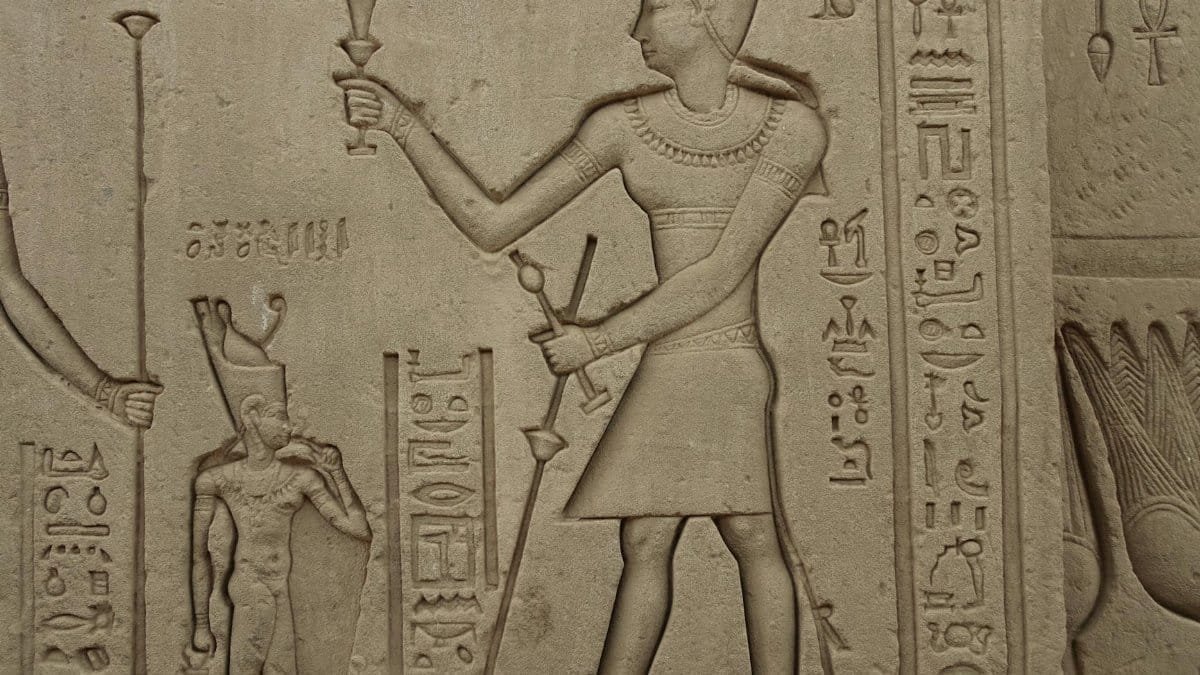Imagine standing under a vast desert sky, the night unmarred by city lights, as ancient people once did. Thousands of years ago, across continents and cultures, humans gazed upward and saw not just points of light but profound meaning. They etched and carved star symbols into stone, clay, and metal, embedding them in their most sacred spaces. From Mesopotamia to Mesoamerica, star symbols in ancient civilizations weren’t mere decoration—they were a universal language of connection, reverence, and understanding. Why did this shape, often with five or more points, emerge in societies separated by oceans and eras? The answer lies in a shared human impulse to find order in the cosmos, a need that still echoes in our modern search for meaning. This isn’t just history; it’s a window into how our ancestors made sense of the unknown.
The Universal Gaze: Stars as a Common Thread

Look at the earliest human records, and stars are everywhere. In ancient Mesopotamia, often called the cradle of civilization, the eight-pointed star of Inanna, goddess of love and war, adorned cylinder seals as early as 3000 BCE. It wasn’t just art—it signaled divine protection. Across the ocean, the Maya of Central America wove star patterns into their temple designs, linking them to Venus, a planet they tracked with astonishing precision for religious ceremonies. Why this fixation? Stars were a constant in a world of uncertainty. They guided hunters, marked planting seasons, and offered a canvas for myths. For these societies, the night sky was both map and deity, a source of practical and spiritual sustenance. The star symbol became shorthand for that dual power, a way to carry the heavens into daily life.
This wasn’t random coincidence. Archaeologists note that even isolated cultures, like the Indigenous peoples of North America, used star motifs in petroglyphs to represent ancestral spirits or celestial events. A shared human psychology seems at play—our brains are wired to seek patterns, and the star shape, with its radiating symmetry, feels inherently significant. It’s no stretch to say that staring at the sky shaped early humanity’s first steps toward science and faith.
Practical Magic: Navigation and Survival

Beyond the spiritual, star symbols in ancient civilizations often had a grounded purpose. Take the Polynesians, whose mastery of the Pacific relied on star navigation. They didn’t just observe constellations—they memorialized them in carvings and tattoos, often as star-like bursts representing specific guiding lights. Closer to the Mediterranean, the Egyptians aligned their pyramids with stellar bodies like Sirius, embedding star imagery into architecture to ensure pharaohs’ safe passage to the afterlife. These weren’t abstract ideas; they were survival tools. A farmer in the Nile Valley or a sailor in the Aegean Sea lived or died by the cycles of the sky.
Consider the precision of these ancient astronomers. A study from the University of Oxford highlights how the alignment of Stonehenge, built around 2500 BCE, correlates with solstice stars, suggesting a deep practical knowledge encoded in symbolic forms ( University of Oxford Research ). Stars weren’t just pretty—they were life’s blueprint, and their symbols carried that weight.
Sacred Geometry: The Star as Divine Design

Walk into any discussion of ancient symbols, and geometry comes up fast. The star, especially the five-pointed pentagram, held a near-mystical status for cultures like the Greeks, who saw it as a representation of perfection and the human body’s proportions. Pythagorean thinkers tied it to mathematical harmony, while in Babylon, star shapes on temple walls invoked the cosmic order of their gods. This wasn’t mere aesthetics. A report from the British Museum notes that Babylonian star symbols often appeared alongside cuneiform texts about divination, hinting at their role in predicting fate ( British Museum Research ).
Fast forward to the Inca in South America. Their star motifs, often woven into textiles, mirrored their belief in a universe balanced by celestial forces. The star wasn’t just a shape—it was a diagram of existence, a way to visualize the unseen laws that governed life. Even today, replicas of these designs spark curiosity about how much math and meaning our ancestors packed into a single form.
Power and Politics: Stars as Authority

Stars didn’t just belong to priests and navigators—they were tools of rulers. In ancient China, the emperor was the “Son of Heaven,” and star symbols on imperial seals reinforced that cosmic mandate. The North Star, a fixed point in the sky, became a metaphor for unyielding authority. Similarly, in the Roman Empire, star motifs on coins and military standards signaled divine favor—a political PR move as much as a spiritual one. Power and the heavens were inseparable.
This dynamic wasn’t unique. Research from Harvard University’s anthropology department shows how Mesoamerican leaders used star imagery in public monuments to legitimize their rule, tying themselves to celestial cycles that their subjects revered ( Harvard Anthropology Research ). A king wasn’t just a man; he was a star-aligned force. These symbols did double duty, inspiring awe while cementing control.
Myth and Memory: Stars as Storytellers

Every culture has its tales, and stars often play the lead. For the Aboriginal peoples of Australia, the night sky was a storyboard of ancestral journeys, with star patterns etched into rock art as memory aids. One elder’s account, shared in academic records, describes how a star cluster’s shape taught children about a creator being’s path—a living lesson. In Greece, constellations became myths of gods and heroes, their star symbols scratched into pottery as shorthand for epic sagas.
This storytelling wasn’t just entertainment. It preserved history before writing dominated. A paper from the Smithsonian Institution underscores how Native American tribes used star symbols in ceremonial objects to encode migration stories, ensuring their past wasn’t lost ( Smithsonian Institution Research ). Imagine a child learning their lineage not from a book but from a carved star, each point a chapter of survival and identity.
Modern Echoes: Why Ancient Stars Still Matter

Fast forward to 2025, and the pull of star symbols hasn’t faded—it’s just shifted. Walk through a museum gift shop or scroll online, and you’ll find pendants and prints inspired by ancient designs, often marketed as spiritual talismans. One anonymous account shared publicly described wearing a Mesopotamian star symbol as a reminder of “something bigger than daily stress.” It’s not hard to see why. In a world of digital noise, these old shapes offer a tether to something timeless, a hint of the wonder our ancestors felt under an unpolluted sky.
Yet, there’s tension here. Are we romanticizing the past, slapping ancient symbols on coffee mugs without grasping their depth? Or are we, in our own way, echoing that same human need to connect with the cosmos? Star symbols from ancient civilizations remind us that some questions—about purpose, place, and the unknown—don’t change. They’re carved into our collective story, as enduring as the night sky itself.
